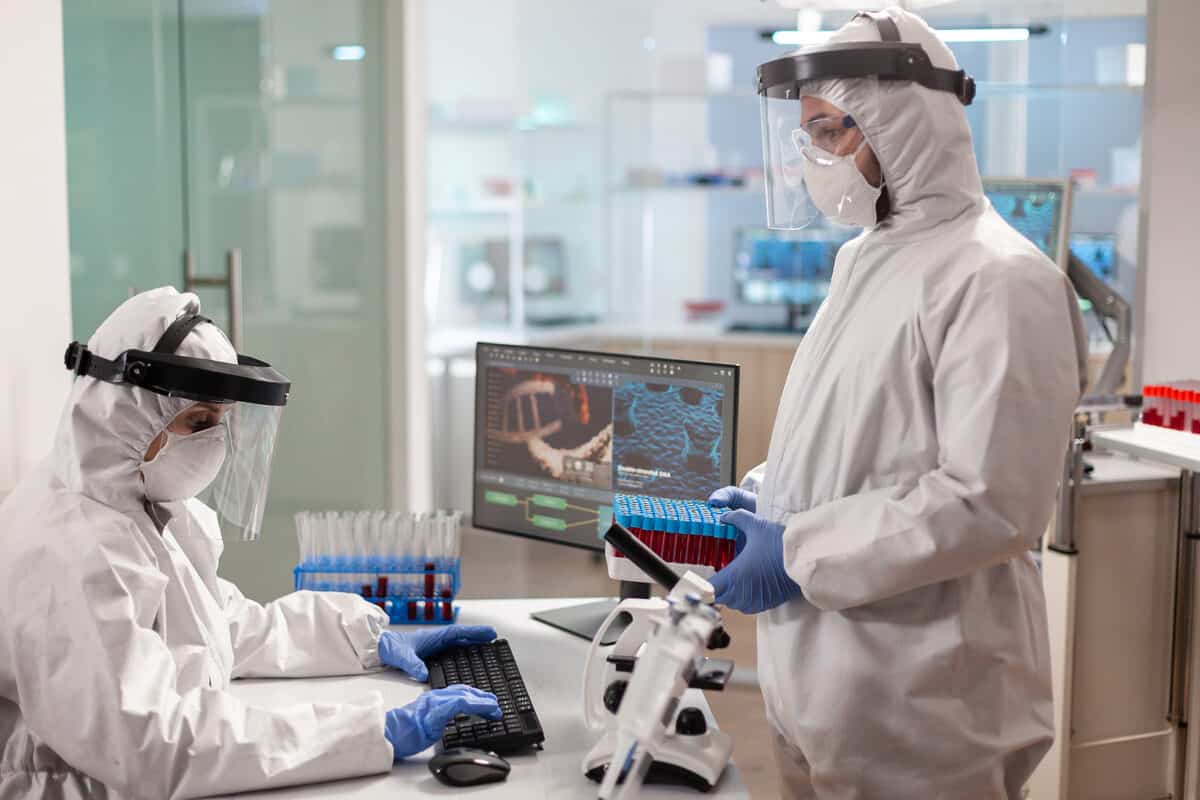
Autologous cell therapies involve collecting and processing a patient’s own cells, and later administering the processed cells back into the body to treat the same patient. The personalized nature of these treatments offers incredible promise for improving a patient’s individual condition, but it also introduces complex logistical and manufacturing challenges. Tracking the chain of identity (COI) and chain of custody (COC) for these treatments is critical for ensuring patient safety as well as processing integrity and efficacy. The right cells must be processed appropriately and then returned and administered to the correct patient – every time, for every patient.
What Is COI & COC for Manufacturing in Life Sciences Companies?
Chain of identity and chain of custody establish and maintain an undisputed connection between the patient and the treatment throughout the end-to-end logistics and manufacturing process.
- COI is the ability to associate a product to its unique patient and processing identifiers throughout the entire treatment cycle.
- COC refers to the continuous tracking and documentation of changes in possession as the product moves from one party to another.
To manage and minimize risk to COI and COC in autologous cell therapy facilities, we have seen best practices focus on physical facilities, management policies and documentation.
Component 1: Physical Facilities
The design and setup of physical facilities can have a big impact on reducing COI and COC risk. One example is having a material receipt dock with adequate space and configuration to allow immediate inspection at arrival. Material receipt teams examine temperature, quality, and key identifiers before issuing the material to the manufacturing suite.
As a facility may have multiple manufacturing suites running processes in parallel, it is crucial for each to have independent utilities and ventilation systems to avoid cross-contamination. In situations where a facility has been adapted to use for cell processing, it is essential to ensure that ventilation and utilities are appropriate for this new use.
Since these are patient-specific treatments, it is very important to clearly differentiate materials in cryo-storage. This can be done through physical segregation of patient samples and for “in process” vs “final” materials, and by using visual signals, such as clearly labeled storage racks.
Component 2: Management Policies
It is also crucial to implement effective management policies. Each treatment at the facility should have an individual assigned to oversee the end-to-end process, ensuring quality and compliance from start to finish. This individual should have visibility of the material transfers through the facility and the COC across the different teams. He or she will ensure handoffs are performed smoothly and minimize the errors across functions.
Policies and procedures dealing with labels and identifiers are extremely important to identify materials accurately. For this reason, it is a good idea to have well-structured procedures for label creation, printing, tracking, changing, and destruction.
In addition, avoid the risk of having materials from other patients in the same suite until the process is complete. Policies such as dedicating a suite for a particular patient sample from the time the sample is extracted from the patient until manufacturing is complete can achieve this effectively.
Component 3: Documentation
While automated systems to track COI and COC exist, many situations may not warrant the investment. The manual documentation in these situations often plays a key role in managing COI and COC risk, either as a standalone system or working in conjunction with an automated system. At every stage in the process, documentation should capture material and patient identifiers, program name, status/condition, and the responsible party. This can be done by a well-constructed document system that includes material shipping forms, receipt and transfer forms, processing records, freezer logs, and change of custody forms.
Ultimately, management should be able to look at process documentation and reliably determine the material’s identity and changes of custody. And when the time comes to transition to an automated COI/COC solution, the processes will be easier to design and configure in the system.
Real Life Example
Converge recently supported a cell therapy CDMO to assess COI and COC risk in their manufacturing process. Since this CDMO processes many patient treatments for different clients, a strong COI/COC structure was essential.
Our team performed a manufacturing process and facility walkthrough, evaluating the policies and procedures in place. We then conducted a Failure Mode and Effects Analysis (FMEA). The assessment resulted in the identification and prioritization of COI and COC risks. We provided recommendations and a remediation strategy for addressing the identified failure modes along with major enhancements to their cryo-storage setup, as well as new procedures and documentation.
Key Takeaways
- COI and COC are critical factors in minimizing risk to patient safety, product integrity, regulatory compliance, and efficiency in an autologous cell therapy environment. The day-to-day activities in a processing facility can distract focus from the importance of COI and COC.
- Autologous cell therapy companies should perform risk assessments at least annually to identify and manage COI and COC risks. FMEA is one good tool for identifying risks and strengthening the COI and COC practices of a processing facility.
- Facilities, management policies, and documentation are three important leverage points to mitigate COI and COC risk.
About the Author

Ulpiano Flores is a business analyst and project manager with a chemical engineering background. He supports Quality, CMC and Supply Chain initiatives such as facility and process FMEA risk assessment, early quality documentation and vendor management, as well as tech transfer and serialization.